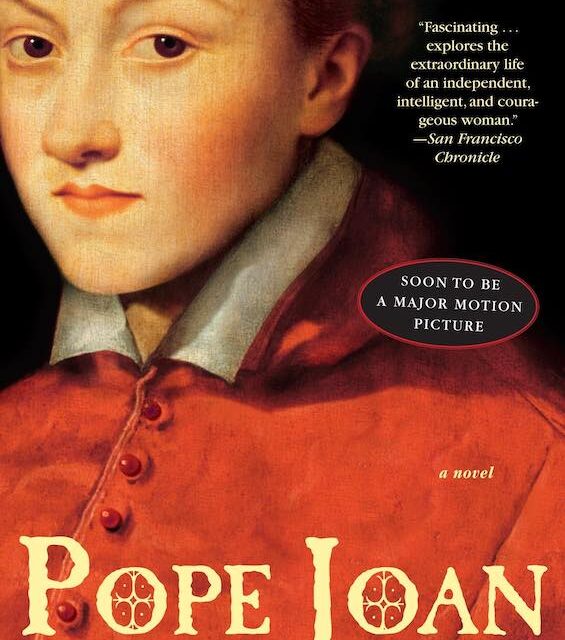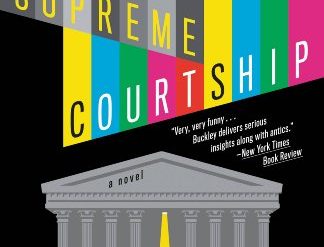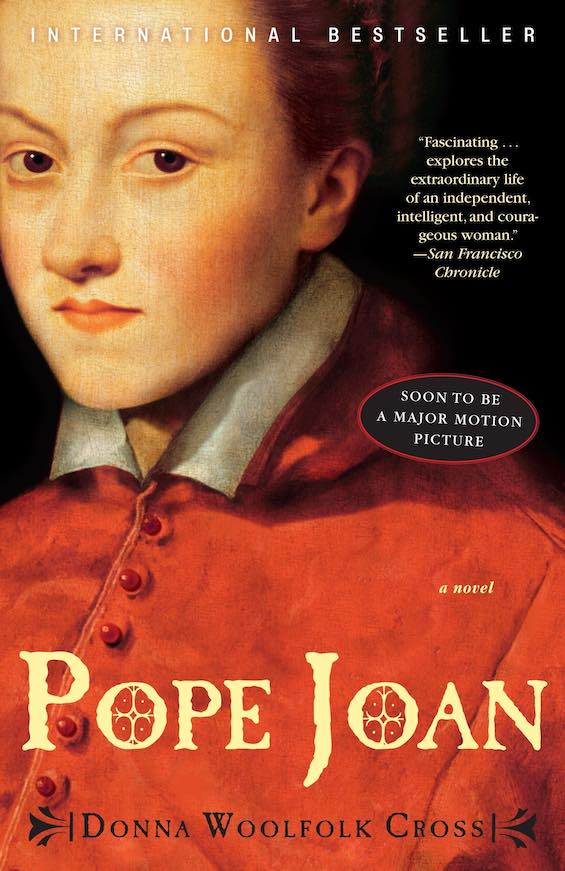
One of the greatest controversies in the history of the Catholic Church surrounds the papacy of a ninth-century woman known to us as Pope Joan (Ioannes Anglicus). According to innumerable sources in Church records for centuries after her death in 855, her short reign (853-55) was an historical fact. In later times, however, the Church systematically suppressed any references to her. Official Vatican records now show the two years of her reign divided between the popes who immediately preceded and followed her. A female Pope simply doesn’t fit in a religion where men reign supreme.
Dueling records confuse historians
But those early records remain, and together with later discoveries they constitute intriguing evidence that a woman did indeed rule the Church, even though most scholars today disagree. And in a captivating fictional account, the author Donna Woolfolk Cross leans heavily on the history of the period to paint a convincing picture of a brilliant woman who rose to the leadership of her Church despite the innumerable roadblocks laid in her way.
Pope Joan by Donna Woolfolk Cross (1996) 425 pages ★★★★★
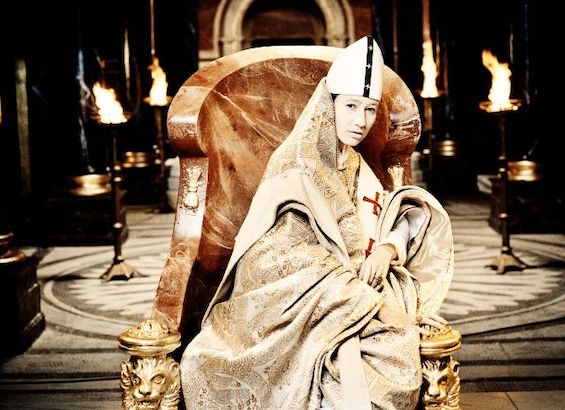
A female Pope who was a great scholar and physician
Her father was an ignorant English canon come to the northern reaches of Frankland to convert the heathen Saxons, her mother one among them. Ioannes—Joan in English—was born in the village of Ingelheim in 814, the year of the Emperor Karolus (Charlemagne)’s death. Joan was a fiercely bright and curious child but, with her mother, suffered under her father’s tyranny. She was one of three children, with a bright and promising older brother named Michael and a dullard of a younger brother named John.
In later years, after her brothers’ death and Joan’s departure from Ingelheim, she would take up John’s name, disguise herself in his clothing, and enter into the Benedictine Monastery of Fulda. It was as Brother John Anglicus that she came to be known within the Church, distinguishing herself as both a scholar and a physician, skilled in all the healing arts. And it was John Anglicus who rose to a position of power and influence in the Vatican after she saved the Pope’s life from the ignorant physicians surrounding him.
The novel excels in its accurate portrayal of ninth-century Church history
Cross’ novel is not great literature. She writes well enough but makes far too much use of convenient coincidences to make the plot work. However, where the book excels is in the author’s fidelity to historical accuracy. In a lengthy Author’s Note appended to the text, she surveys the documentary sources she used and the existing literature and commentary on her subject. The arguments she advances in support of the female Pope are cogent and persuasive. The key to this line of reasoning is that the single existing source that recounts the history of the ninth-century papacy was written by a monk who had formerly served in a senior position near Joan’s predecessors. There, he proved himself to be her most determined enemy. No surprise, then, that he would ignore her reign in his account of the period.
About the author
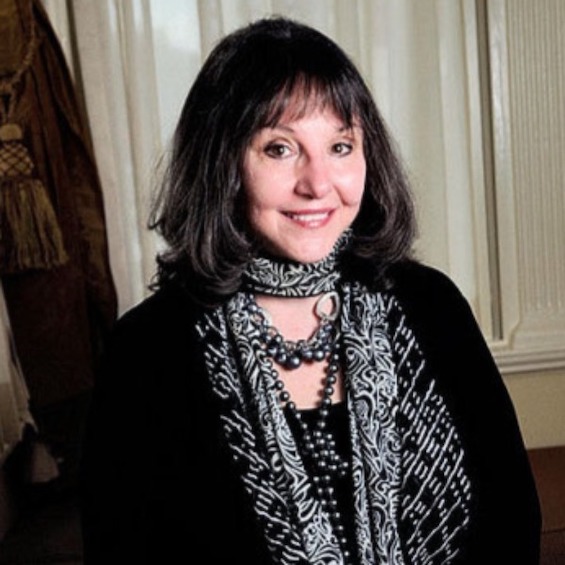
Donna Woolfolk Cross (1947-) is the author of four nonfiction books on various subjects and one novel, Pope Joan. Before turning to writing full-time, she worked in the publishing and advertising industries. Cross is a graduate of the University of Pennsylvania and holds a master’s degree Literature and Writing from UCLA.
For more reading
You’ll find other rewarding reading experiences at:
- Good books about the Middle Ages
- 20 most enlightening historical novels
- 20 top nonfiction books about history
- Top 10 great popular novels reviewed on this site
And you can always find my most popular reviews, and the most recent ones, plus a guide to this whole site, on the Home Page.

